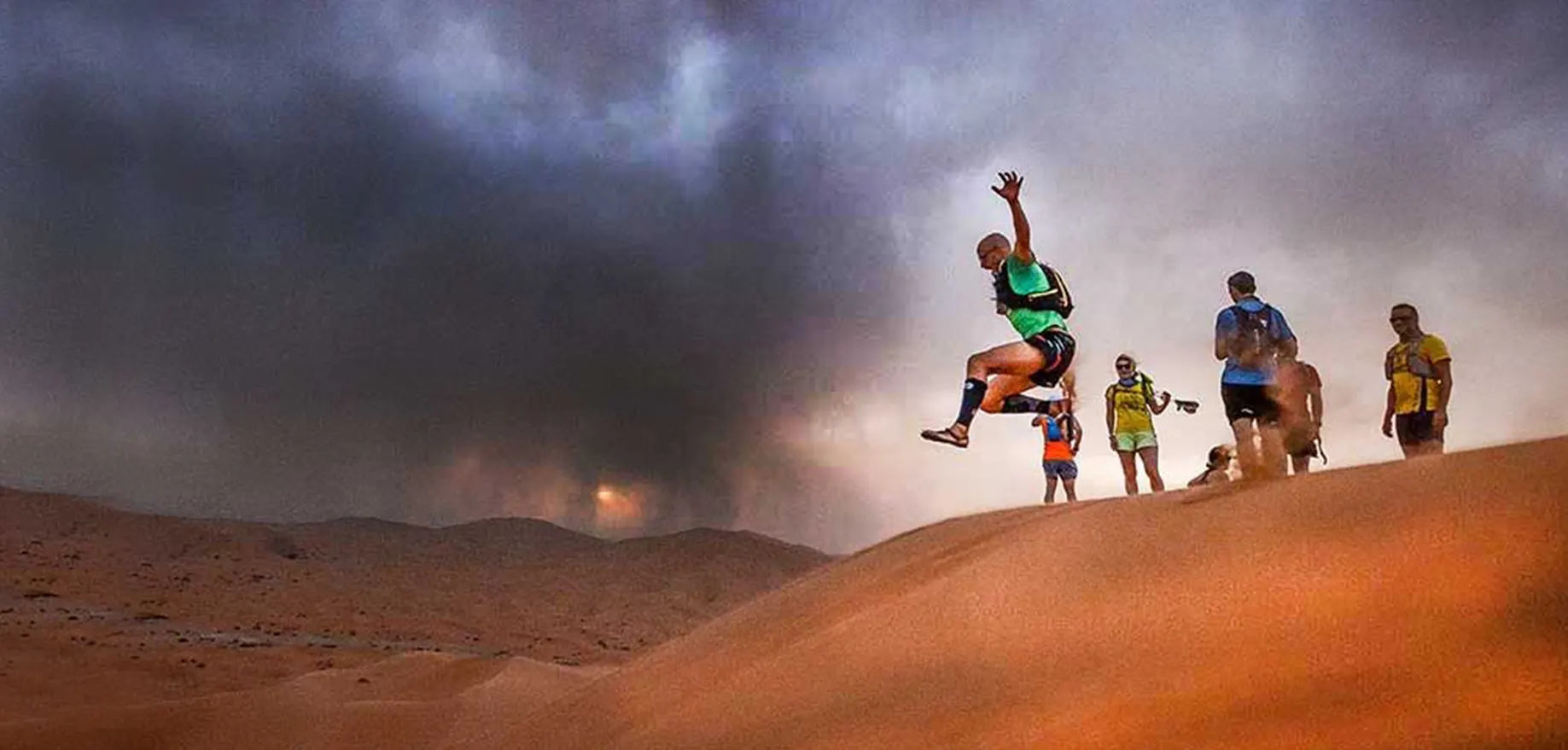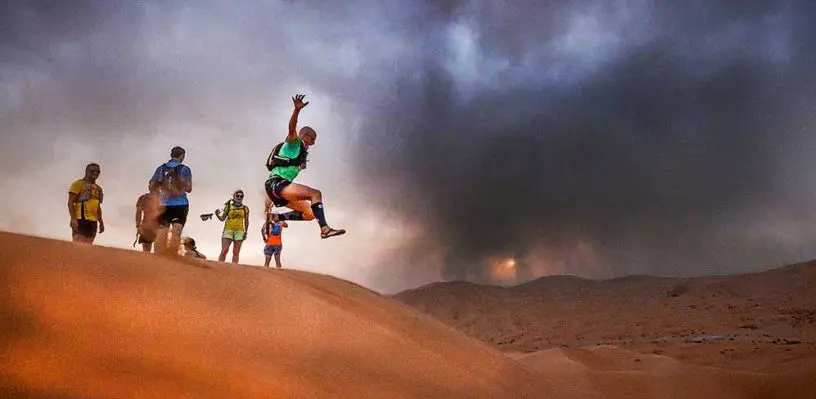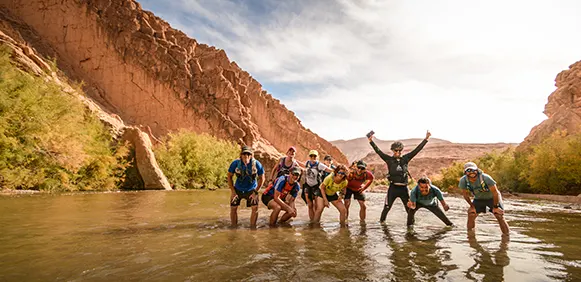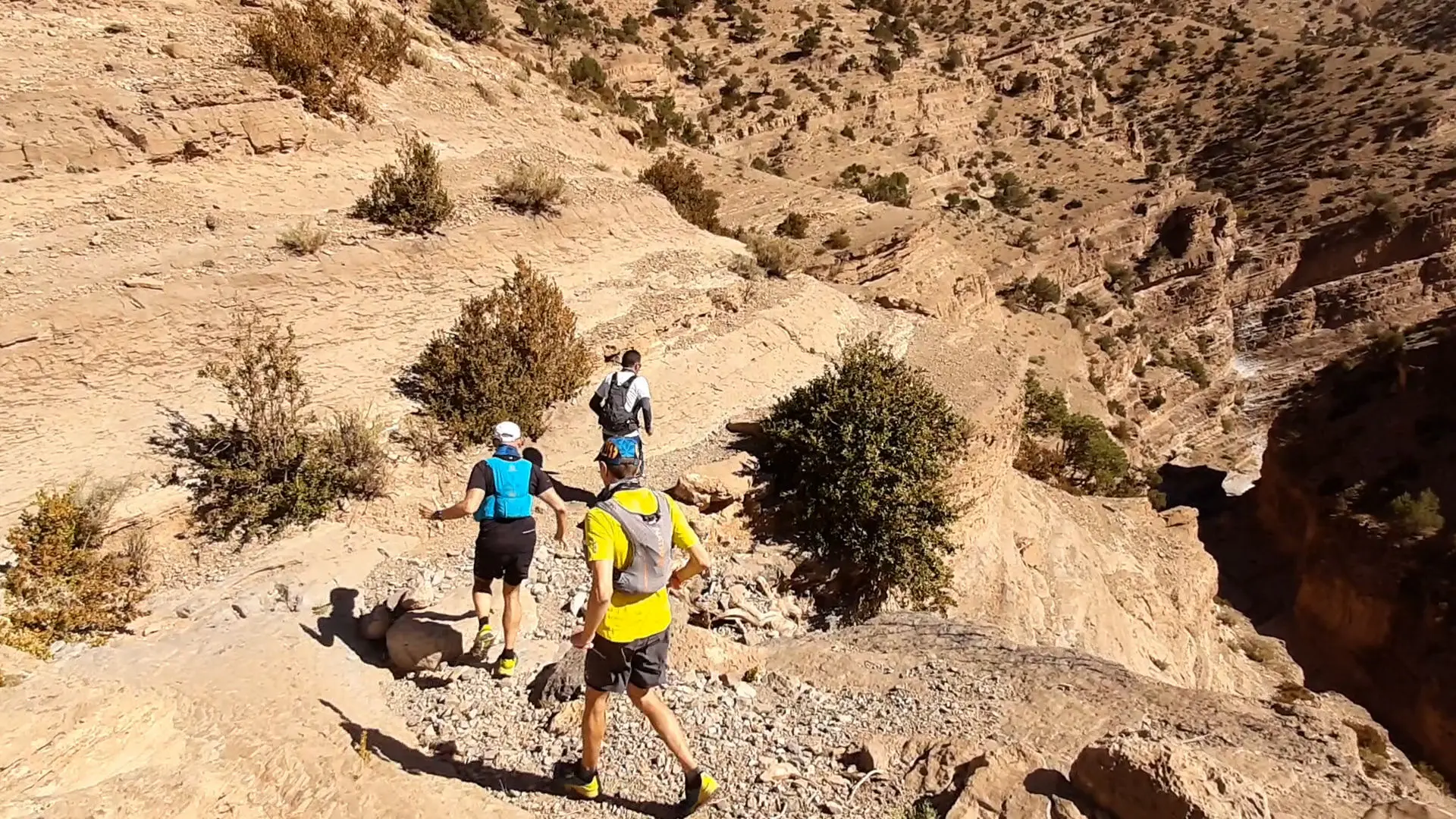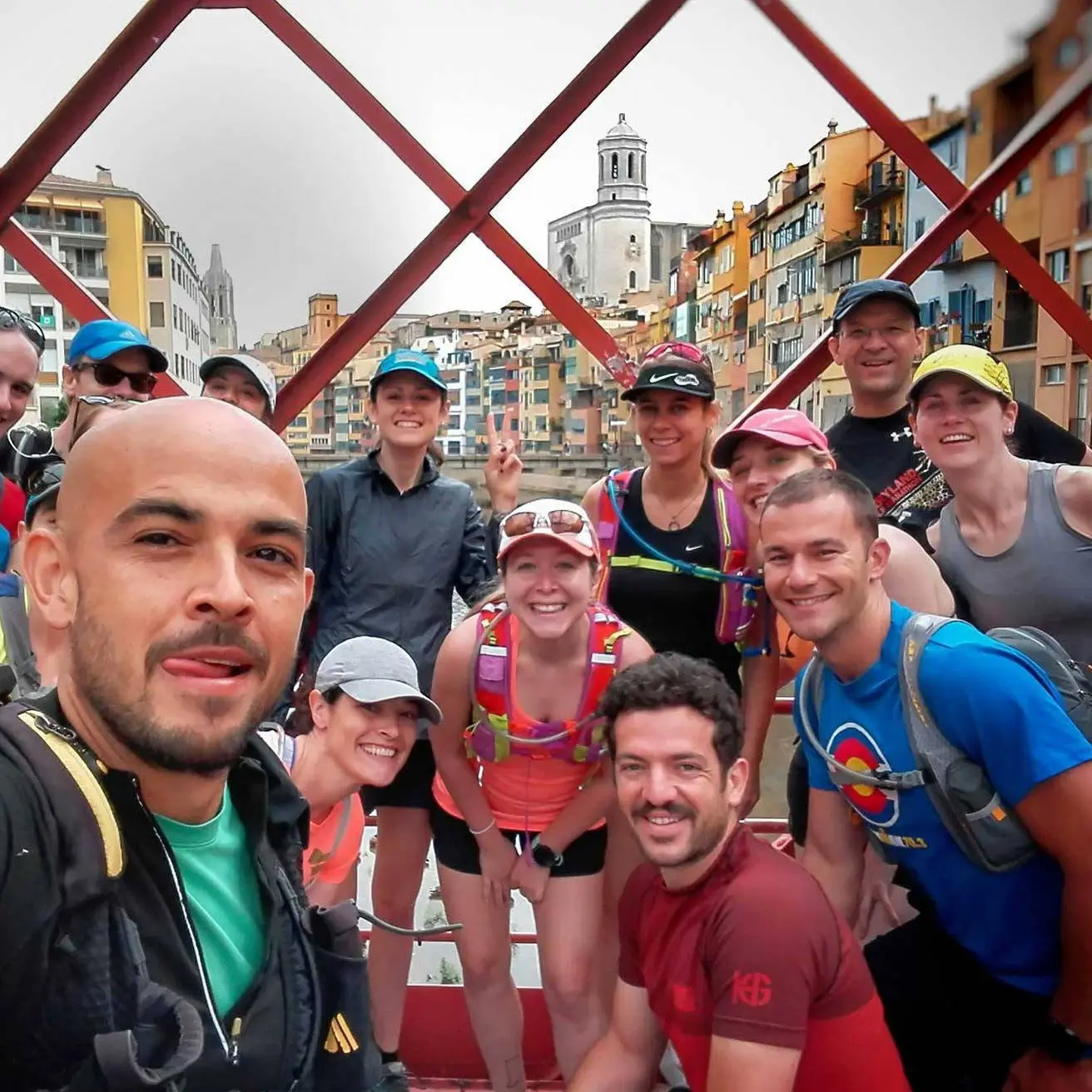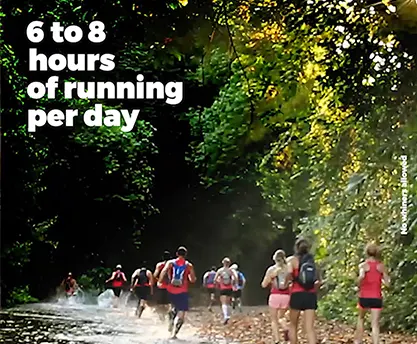Running downhill is an excellent way to build strength and endurance. But to become a true downhill runner (what ever that means), you need to get out there into the mountains, away from the road and treadmill.
This running adventure will take you into the mountains where you'll be faced with steep grades, slopes of varying degrees, snow, mud and all sorts of terrain that might seem intimidating but is actually quite fun when you're having it! You'll walk away from this adventure knowing what's it like to tackle each of these obstacles because there is no better way to learn than by doing!
Mountain descend technique
When we run through rough terrain, we exert more effort to run uphill, but when we run downhill, we believe it is easier and it is time to relax. However, if we keep a few pointers in mind, we can run a better downhill race and possibly beat some competitors in the next race. Here are some pointers to help you improve your mountain descent technique:
-
Maintain equilibrium by using your hands. In contrast to when we are ascending or descending, it is not necessary to maintain a normal brace movement when ascending or descending. It may be more useful to agitate the arms according to what is required to maintain balance if we are traveling at high speeds and will assist us if we need to make direction changes.
-
Strengthening the "core." The abdominal muscles, gluteal muscles, and scapula are essential for staying strong and stable, and they will help you improve your balance if you exercise.
-
To the left, invert the position. When running downhill, we must resist the urge to lean back and instead focus on keeping our entire body perpendicular to the ground. The gravity center will have to advance further as we move faster.
-
Fear is not helping you, is going to make you fall.
"TURN OFF YOUR BRAIN."
Running downhill is like playing a video game
The technique for landing the foot. Given that the shoe has three points of support, it is best to support it in a leveled manner when lowering it. If the tibias are overly supported, they will suffer as they try to slow down and may cause calambres in the piernas. If the frontal area is overburdened.
Beginners: take a step back. If you still don't have a lot of traction on the mountain, you can start by running with your feet on the ground and gradually correcting your position as you gain confidence.
7 tips for beginners
In the downhill sections, time moves faster; how to run faster is described in detail below.
Time spent in contact with the mattress is kept to a minimum. When lowering ourselves, we should keep our feet as close to the ground as possible by performing quick zancadas and planning our next steps.
1. Run on various types of terrain.
Simulate the terrain you'll encounter on the running vacation week by enjoying a challenging hike or run on mud, snow, ice, steep grades, ski slopes, roots switchbacks and boulder fields.
Prepare yourself for the challenges of running downhill fast by climbing in steep terrain. The more time you spend ascending, the more accustomed your body will become to breathing hard, carrying extra weight up a hill, and maintaining balance when moving forward in an unstable environment.
Challenging terrain is an important element of many adventure racing events. It will force your body to adapt, resulting in strength and agility that will prepare you for tougher challenges.
2. Simply try to go faster!
How can you get faster on the downhills? Speed up! It's not always easy to push yourself to run downhill quickly, especially on intimidating or technical hills. When we encounter steep hills, it is not a natural reaction to think "speed up!" but this is what I encourage you to do. Many runners develop the habit of only running downhill at a comfortable pace.
Take note of the pace you settle into as you begin running downhill. Then, about 100 meters away, decide an object, such as a tree, a rock or a hole. “How quickly can I run to this object?” You will be surprised by how much faster your legs will move than you think they can go.
Choose a trail with a continuous downhill or at least 5 short downhill sections spread throughout your run for this workout. Repeat this exercise 5 times throughout your journey.
3. Turn off your brain
In running, sometimes the best course is no course at all. Runners who are afraid of injury often over-think their races, slow down and don't run hard enough. If you want to run faster, pay more attention to your instincts, not your thoughts.
4. Good form
When running downhill, avoid the temptation to lean back to slow down or to lean forward and overstride. Body weight should be distributed evenly across the knees, with each foot striking on the ball rather than the heel. This keeps you from leaning back, which is inefficient and can cause back pain and knee damage. Maintain a relaxed posture, with your elbows slightly raised and your arms dangling. Lift your arms and shoulders higher when making a sharp turn or negotiating a steep dropoff during a descent to help maintain balance and shock absorption due to the loaded spring effect.
This position gives you an a little aggressive forward or downwards lean and a faster descent, so be cautious because the speed may be faster and more demanding than you are accustomed to.
5. Take a look in front.
Looking beyond your feet is the crucial component to quick descents, which mountain bikers, mogul and Mountain skiers can appreciate. Concentrate on the big picture rather than the small details. Instead of becoming overwhelmed with the precise placement of each step, simply scan the upcoming trail and terrain features.
6. Don't make to much noise
Even when descending, your feet ought to be pretty quiet on the trail.
The sound of your feet pounding down the trail is likely to translate into sore back and quadriceps suffering, as well as possible knee injury. Maintain a consistent rhythm without sacrificing cadence flexibility. Remember that jumping over fallen trees, unstable rocks, or even other obstacles is preferable to stepping on them.
7. Keep it fluid
Sustaining a fluid, observant attitude while descending trails will assist you in relaxing. You will be able to navigate the best route down the trail with correct running form and a refined sense of proprioception. Slow your pace till you gain the trust that translates into relaxation if you are injured or fearful from previous falls. Breathe slowly and steadily, resisting the urge to tense up, and avoiding rapid or jerky moves.
Being relaxed allows you to descend more quickly and with less effort. Allow gravity to propel you forward. Avoid jerky movements and aggressive push-offs that waste energy. This is especially important in longer races where efficiency is essential. I'll go through a mental checklist from head to toe as I run downhill. Am I hunching my shoulders? Is it possible that I'm tensing my arms and hands? Do my hips feel tense? Do my feet relax or remain flexed after impact? Is that a smile or a frown? We are often unaware of how we tense up on downhills, so becoming more aware of your body's tendencies will help you relax.
